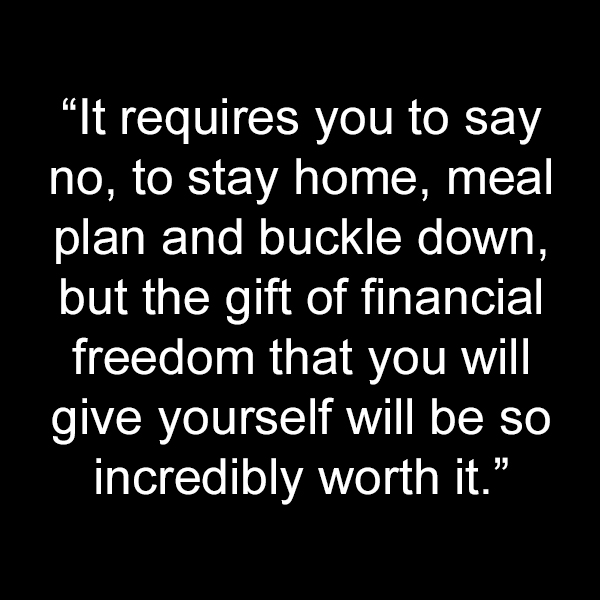3 Budgeting Tips To Help You Get Out Of Debt
A Helpful Budgeting Guide To Help Diminish Your Debt
Spring is almost here (finally!) and there’s no better time than now to hit life’s imaginary refresh button and create a plan to tackle your debt head on. By the time she was 21, BTC Team Member @rochellegoldenhairstylist was $25,000+ in debt. Now, at 29-years-old, she’s a debt-free mother and business owner—and she’s sharing how. “Budgeting saved me,” she shares. “Once you truly understand how to create a budget and live with one, it becomes a habit.”
Below, we’ve got three of her best budgeting tips that’ll not only help you get out of debt but will set you up for a successful financial future. Keep reading!
1. List Everything Out
Start by creating two separate lists: one for necessary expenses (like mortgage/rent, utilities, car, insurance, phone, cable, etc.) and one for debt (like credit cards, student loans, medical bills, etc.). From there, write down every single area that your money goes to on each list from smallest to largest bill. “By writing it all down, you’ll be so aware of where you’re overspending—which we’re all guilty of,” shares Rochelle.
2. Create Budgets For Each Area
Next, it’s time to create your budgets because setting amounts for areas where it is easy to overspend is crucial. Rochelle says she has multiple budgets for everything from groceries and home to car maintenance and savings. Plus, there’s no such thing as too many budgets! It just depends on what you need each one for.
Pro Tip: Setting amounts that are realistic and attainable are so important for staying consistently on budget. If you set your budgets too low, you’re just setting yourself up for failure.
3. Use The Snowball Method
Rochelle says she paid off more than $25,000 of her own personal debt with the snowball method. Simply subtract your necessary expenses from your average monthly income and then that dollar amount is what you can put toward debt each month. Start by paying off the smallest debts first, then “snowball” your money each month to tackle bigger debts. “It’s not easy,” advises Rochelle. “It requires you to say no, to stay home, meal plan and buckle down, but the gift of financial freedom that you will give yourself will be so incredibly worth it.”
Want to make more money? Click here to get three tips from Rochelle that can help you do that!
More from
Rochelle Golden
-
Best of 2020
7 Pricing Tips To Take Into 2021
-
Best of 2020
10 Salon Business Tips To Read Before 2021
-
Business
5 Genius Pricing Ideas Every Stylist Should Know
-
Business
These 6 Articles Will Help You Make More Money Next Month 💵
-
Business
Read This Before You Raise Your Prices
-
Business
Want To Make More Money? Read These 3 Tips
-
Balayage
Blonding: 5 Tips You Need If You Prefer To Hand-Paint
-
Best of 2018
11 Of The Best Toning Tips We Shared In 2018
-
Haircare
Scalp Care 101: How To Treat Dryness & Irritation
-
Balayage
Painted Dimension
-
Balayage
Dimensional Platinum Bob
-
Balayage
Dimensional Platinum Blonde









